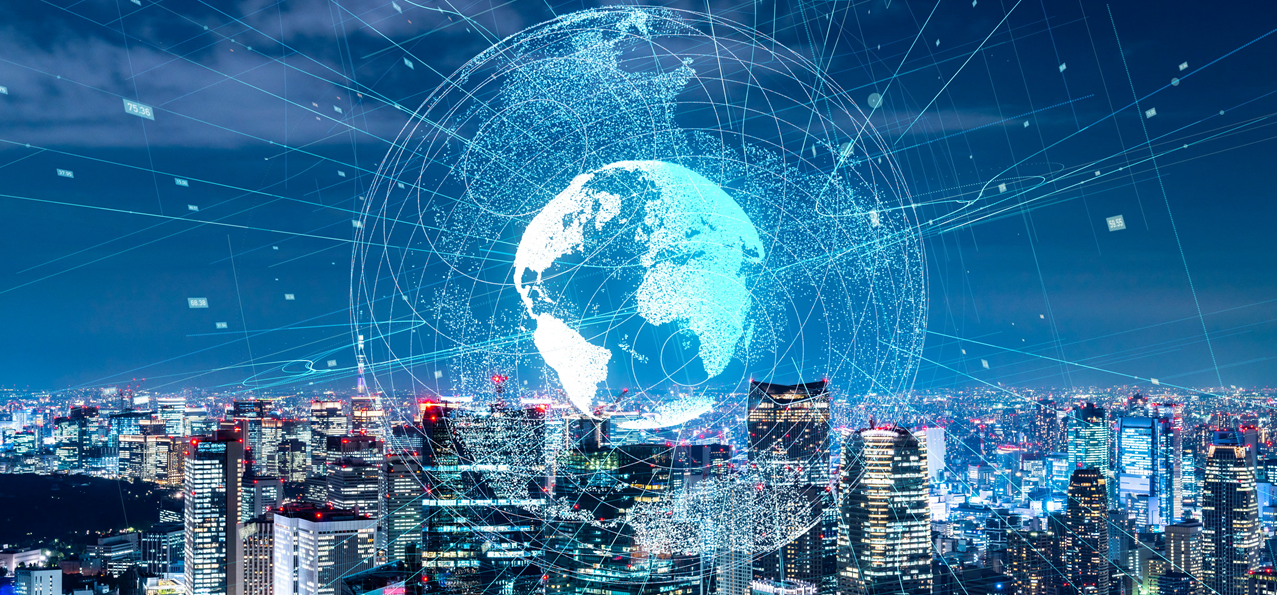The global economy is a swirling cosmos of interrelated factors, constantly shifting and evolving. What defines the pulse of the current economic landscape? How do fluctuating trends and policies impact global and local markets? In this article, we delve into the complexities of the economic realm, analyzing inflation trends, fiscal policies, and international trade dynamics. By incorporating current data and statistics, we aim to ground our discussion in reality and offer a fresh perspective on the dynamics of the economy.
The Complexity of Economic Realms
Inflation Trends
Inflation, the gradual increase in the price level of goods and services, has been a constant concern for economists and policymakers. As we examine the global economy, it is evident that inflation trends vary across different regions. While advanced economies strive to maintain low and stable inflation for sustainable growth, emerging markets often grapple with the challenge of managing inflation due to structural limitations. Analyzing the causes and consequences of inflation and exploring strategies to counteract its negative effects will continue to be crucial for businesses and governments alike.
Fiscal Policies
Fiscal policies play a significant role in shaping economic landscapes. With the COVID-19 pandemic wreaking havoc on economies worldwide, governments have implemented expansionary fiscal policies to stimulate economic growth. Increased government spending, tax cuts, and aid packages have been key elements of these policies. However, as economies recover and stabilize, a shift towards contractionary fiscal policies may be necessary to curb inflation and avoid overheating. Balancing economic growth with fiscal discipline remains a delicate dance for policymakers.
International Trade Dynamics
The interconnectedness of the global economy has made international trade dynamics a crucial factor in economic development. The rise of protectionism and trade wars in recent years has disrupted the traditional flow of goods and services. However, with the advent of new technologies and the drive for sustainable trade practices, there are opportunities for reshaping international trade relationships. As countries reassess their trade policies, businesses must navigate evolving trade agreements, supply chain disruptions, and changing consumer preferences to thrive in the global marketplace.
Pondering Future Trajectories
The future of the business sector holds both challenges and opportunities. As technological advancements continue to revolutionize industries, businesses must adapt and innovate to stay competitive. Artificial intelligence, automation, and digitalization are expected to reshape job markets, requiring workers to develop new skills. Additionally, the global drive towards sustainability and combating climate change will necessitate businesses to adopt environmentally responsible practices. This shift presents an opportunity for businesses to embrace renewable energy, develop sustainable products, and attract socially conscious consumers.
Conclusion
The economic landscape is a complex tapestry that weaves together various trends, policies, and external factors. As we navigate the shifting currents of the global economy, it is essential to understand the interplay between inflation trends, fiscal policies, and international trade dynamics. By staying informed and adaptable, businesses can uncover new opportunities and phenomenally thrive in this ever-changing economic landscape. As we peer into the future, it becomes evident that technological advancements and sustainability will continue to be driving forces, defining the trajectory of the business sector and global economy at large.
